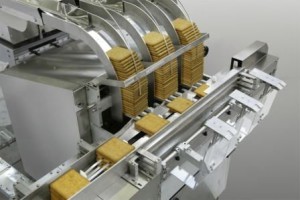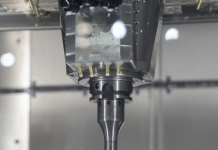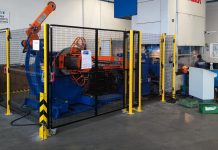 World Packaging Machinery Market is projected to advance globally nearly seven percent per annum through 2019 to reach $53 billion. Product sales will be driven by market growth in China and other industrializing nations, where demand for processed food and beverage products and other manufactured goods is forecast to post the strongest increases as personal incomes and consumer spending continue to rise. This will result in additional investment in new manufacturing capacity and related packaging machinery in the Asia/Pacific region, the Africa/Mideast region, Eastern Europe, and Central and South America. China alone will account for one-fourth of all new product demand gains through 2019. Larger producers in developing countries will raise their use of packaging materials and adopt new packaging technologies to address spoilage and contamination issues, extend the shelf lives of their products, and make them more aesthetically appealing.
World Packaging Machinery Market is projected to advance globally nearly seven percent per annum through 2019 to reach $53 billion. Product sales will be driven by market growth in China and other industrializing nations, where demand for processed food and beverage products and other manufactured goods is forecast to post the strongest increases as personal incomes and consumer spending continue to rise. This will result in additional investment in new manufacturing capacity and related packaging machinery in the Asia/Pacific region, the Africa/Mideast region, Eastern Europe, and Central and South America. China alone will account for one-fourth of all new product demand gains through 2019. Larger producers in developing countries will raise their use of packaging materials and adopt new packaging technologies to address spoilage and contamination issues, extend the shelf lives of their products, and make them more aesthetically appealing.
Many smaller firms in these areas are expected to transition from manual packaging processes to mechanized packaging in order to expand output and increase efficiency, further boosting packaging machinery demand. Finally, a large proportion of the outdated and lower-end packaging machinery currently in use in developing countries will be replaced as production levels climb. The large, mature North American and West European packaging machinery markets are forecast to expand roughly five percent per annum during the 2014- 2019 period. Product sales in the US and Germany, the two largest markets in these regions, are expected to moderate after advancing rapidly through 2014. In Japan, the world’s third largest national market behind China and the US, demand for packaging equipment will rebound through 2019 after declining during the previous five-year period, largely due to a 2014 drop in product sales from postrecession market peaks hit in 2012 and 2013. Manufacturing activity in North America, Western Europe, and Japan is projected to increase and drive fixed investment spending gains going forward.



